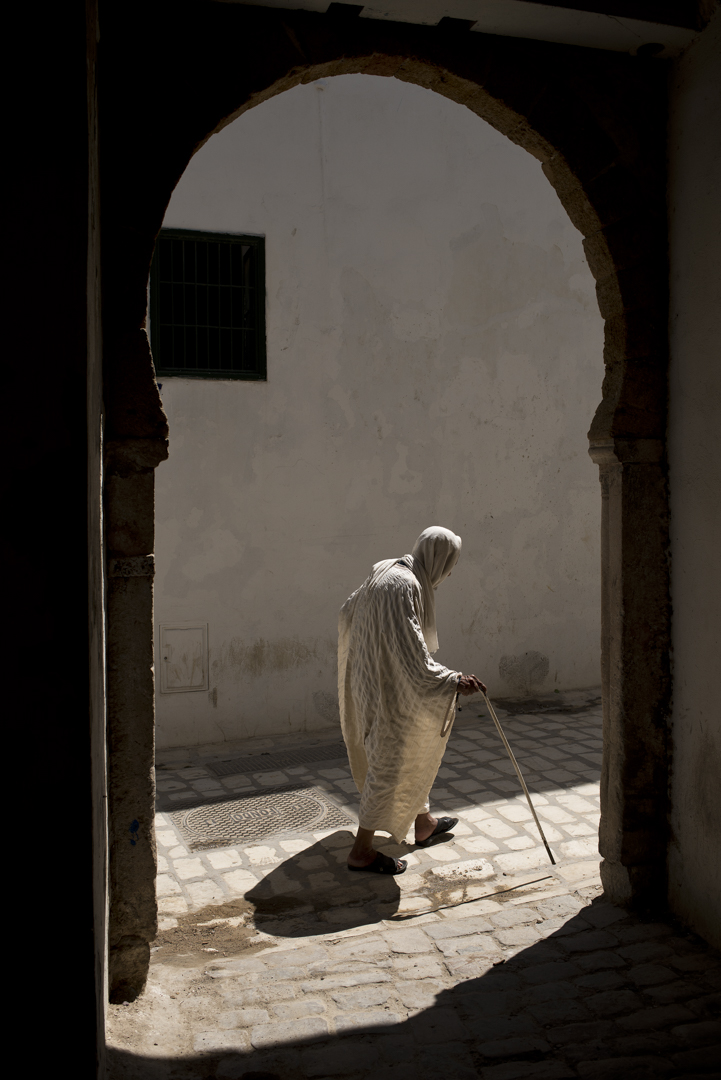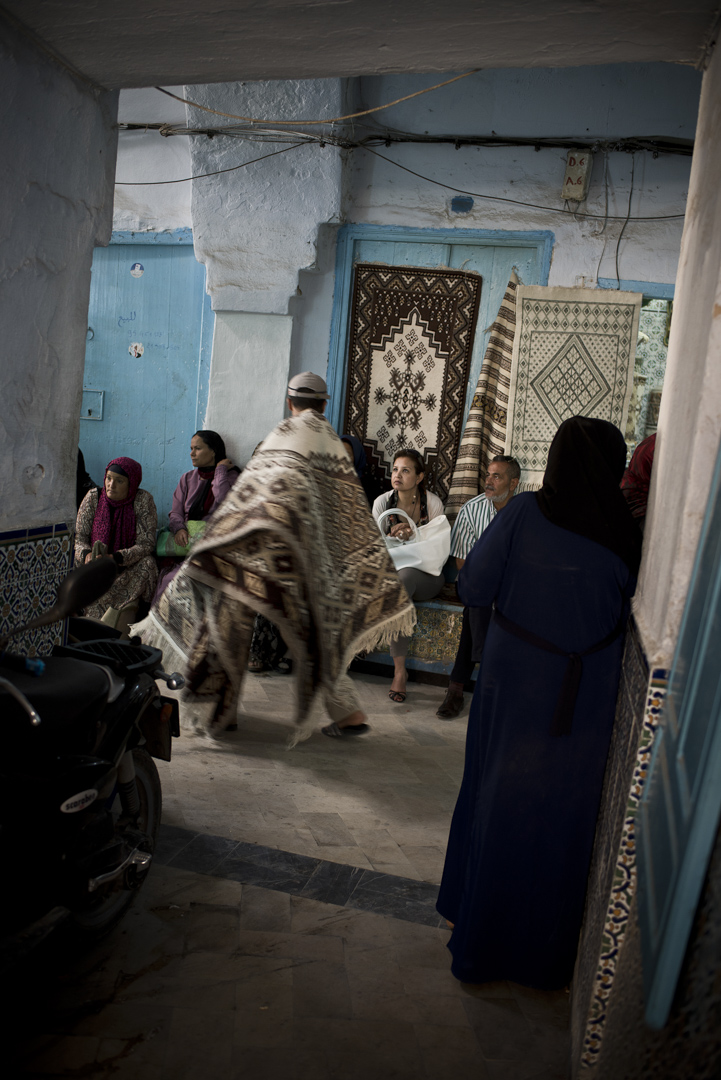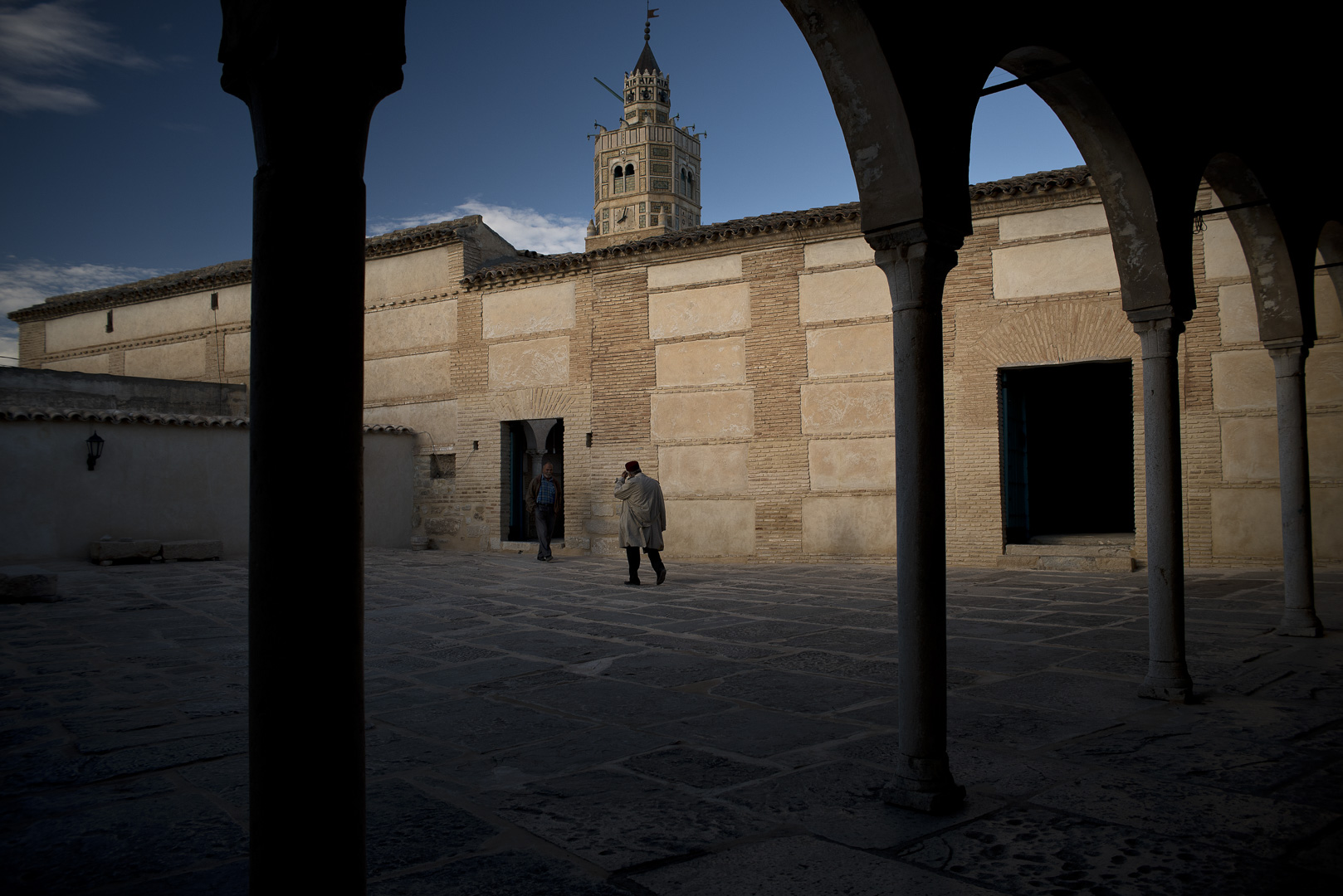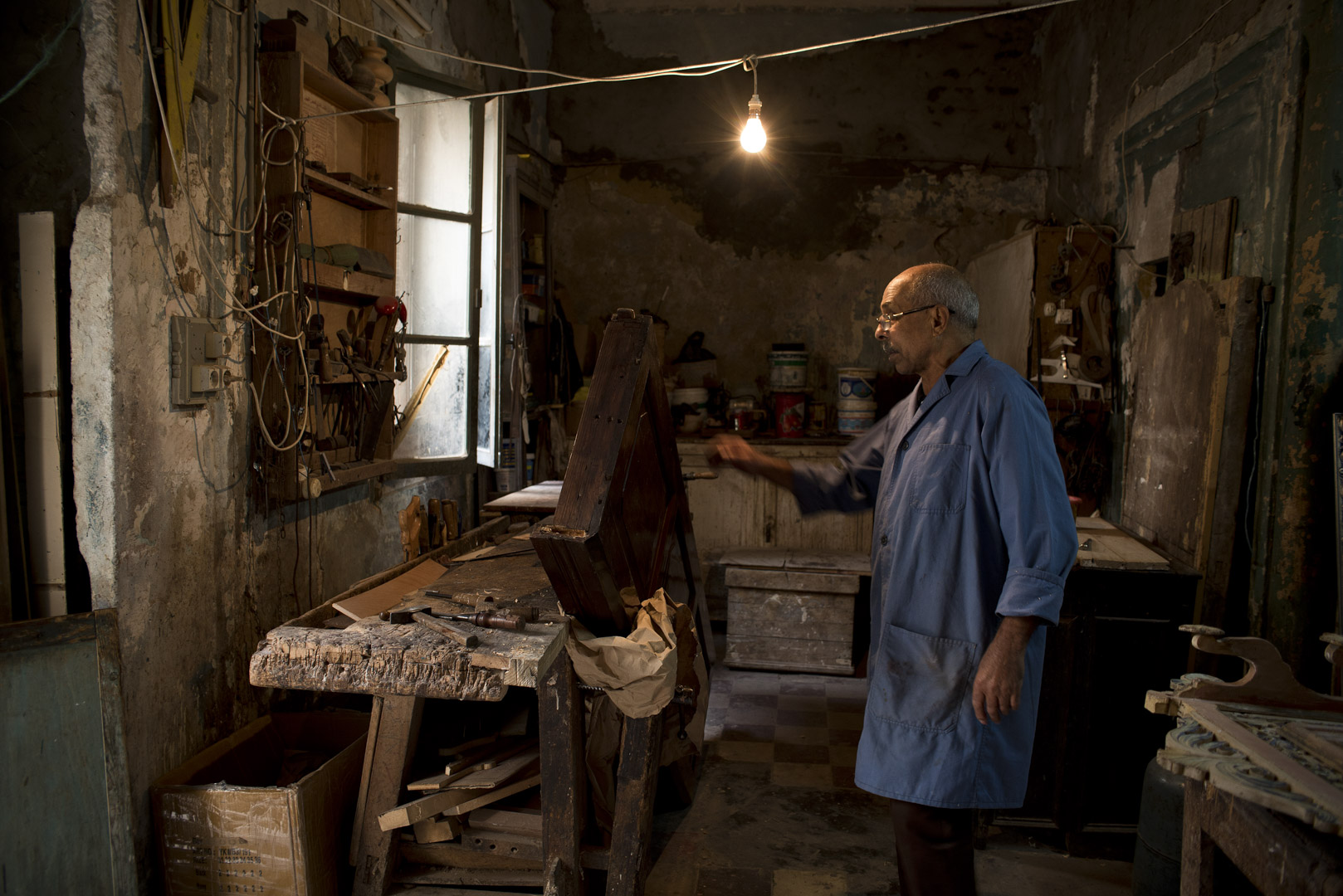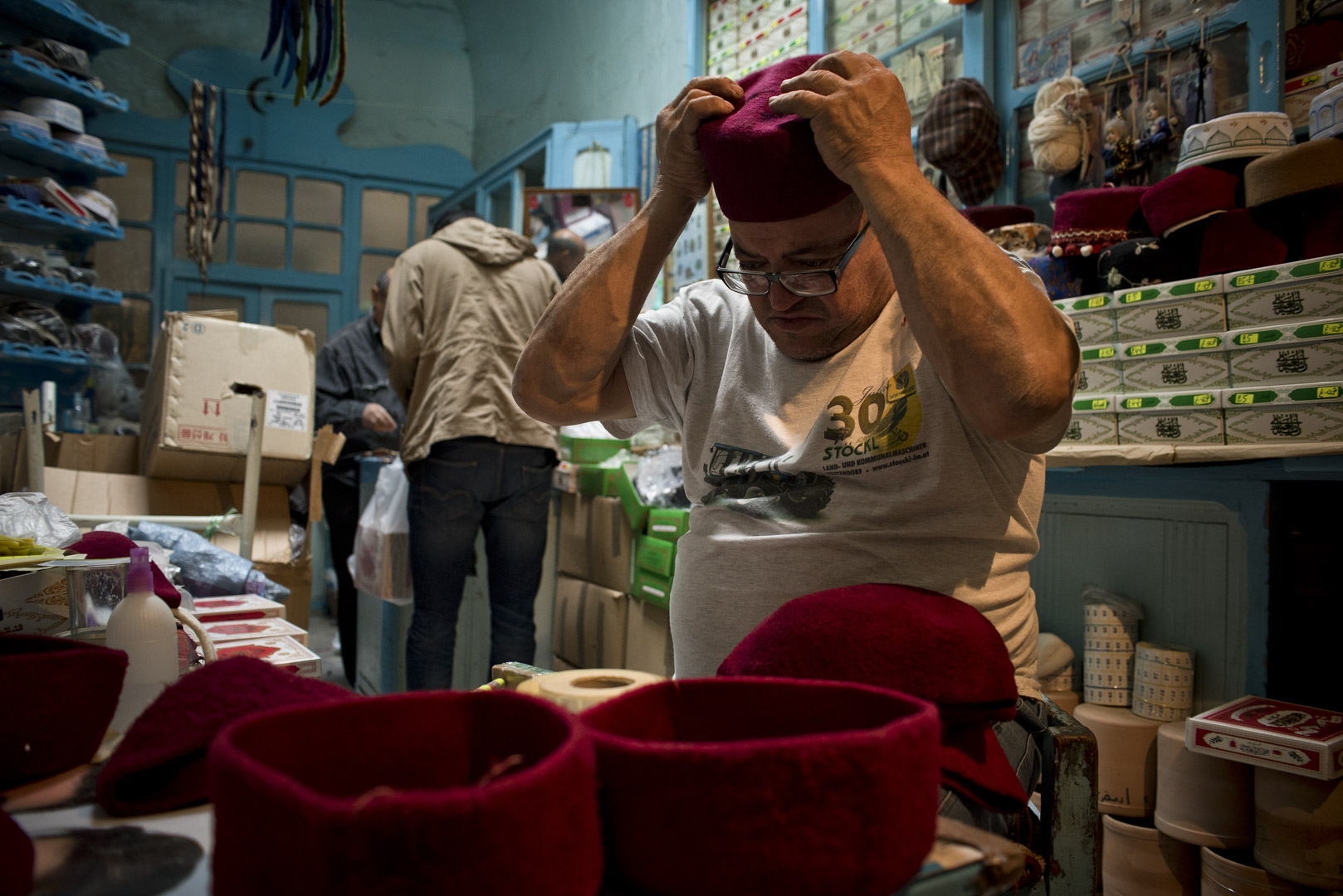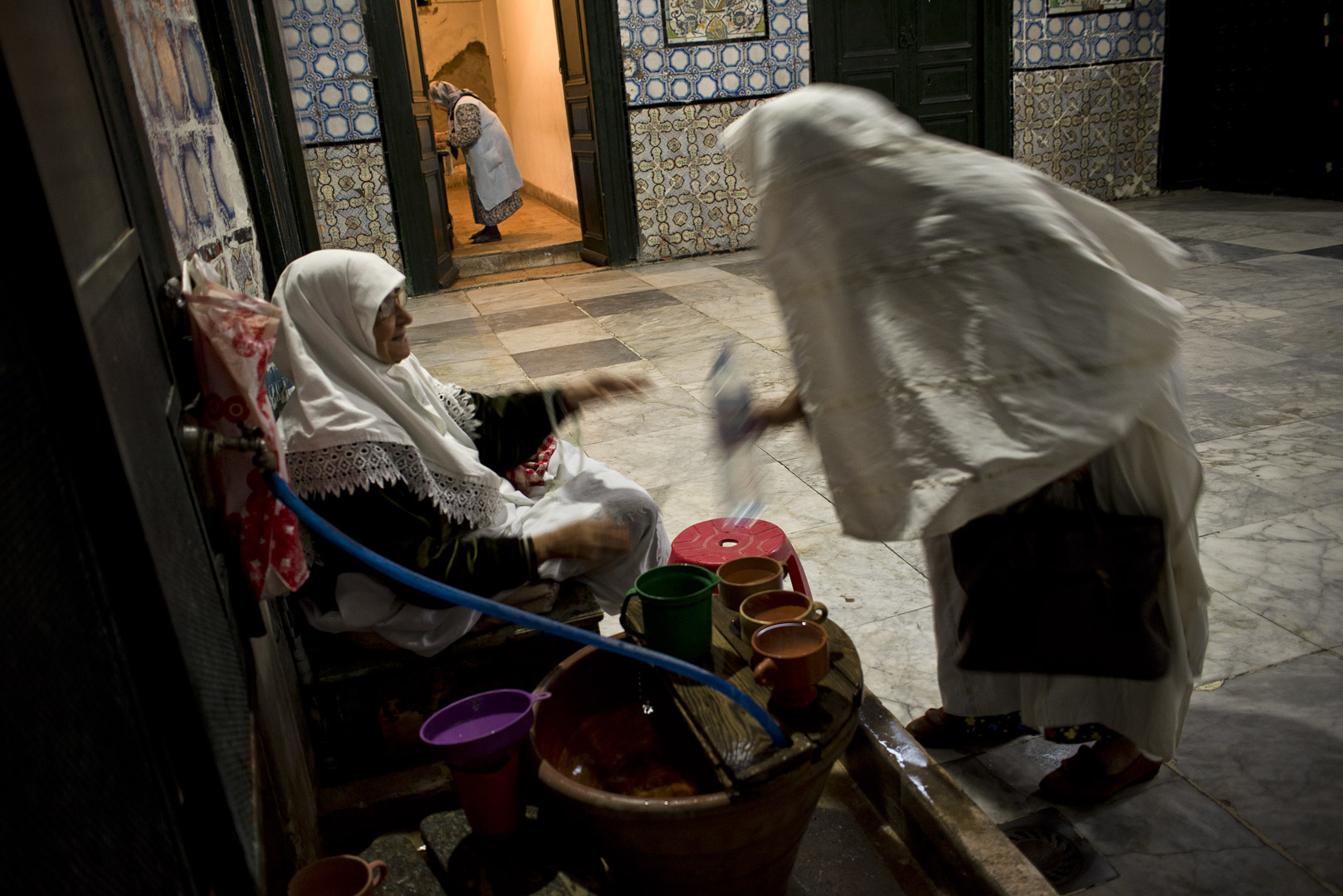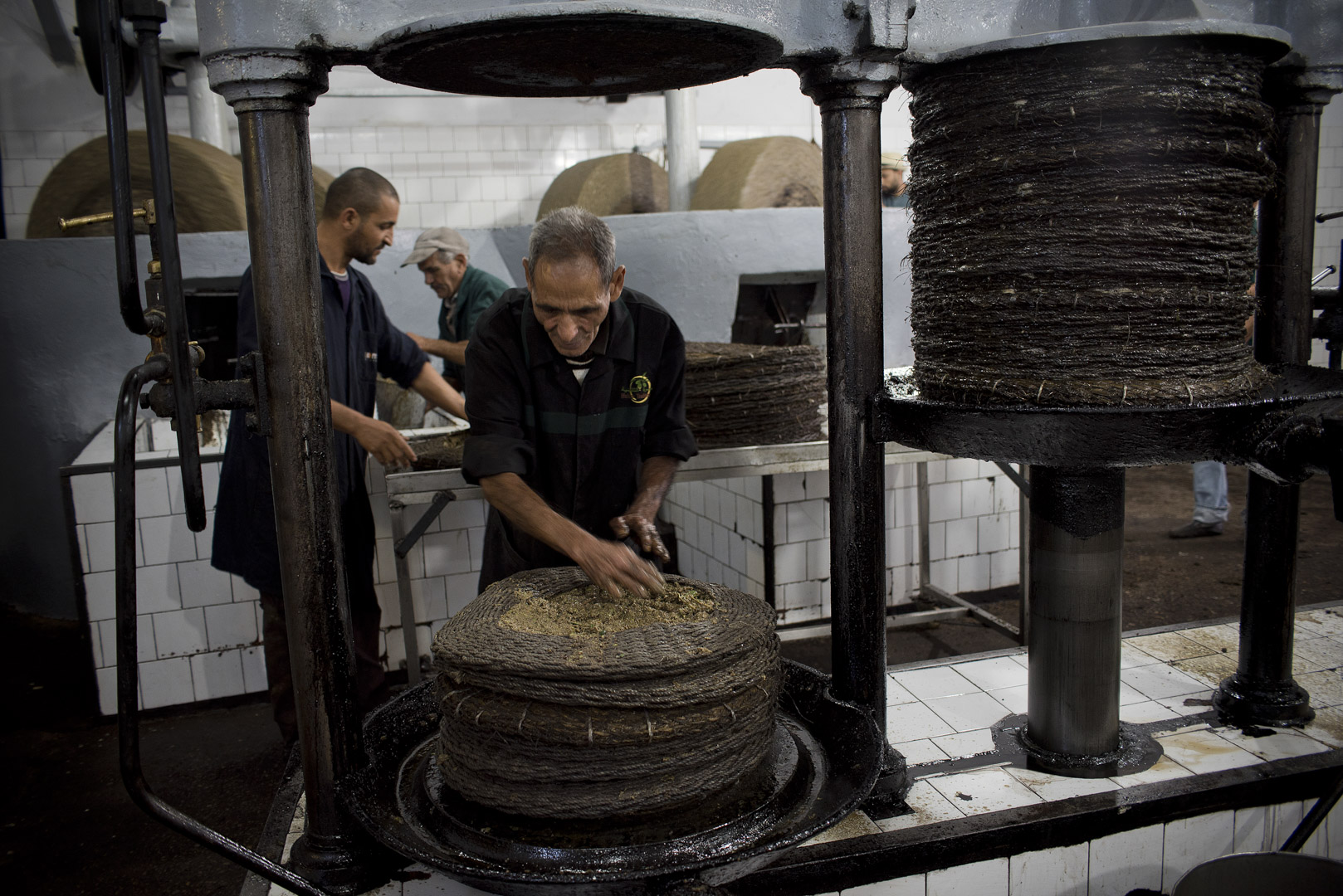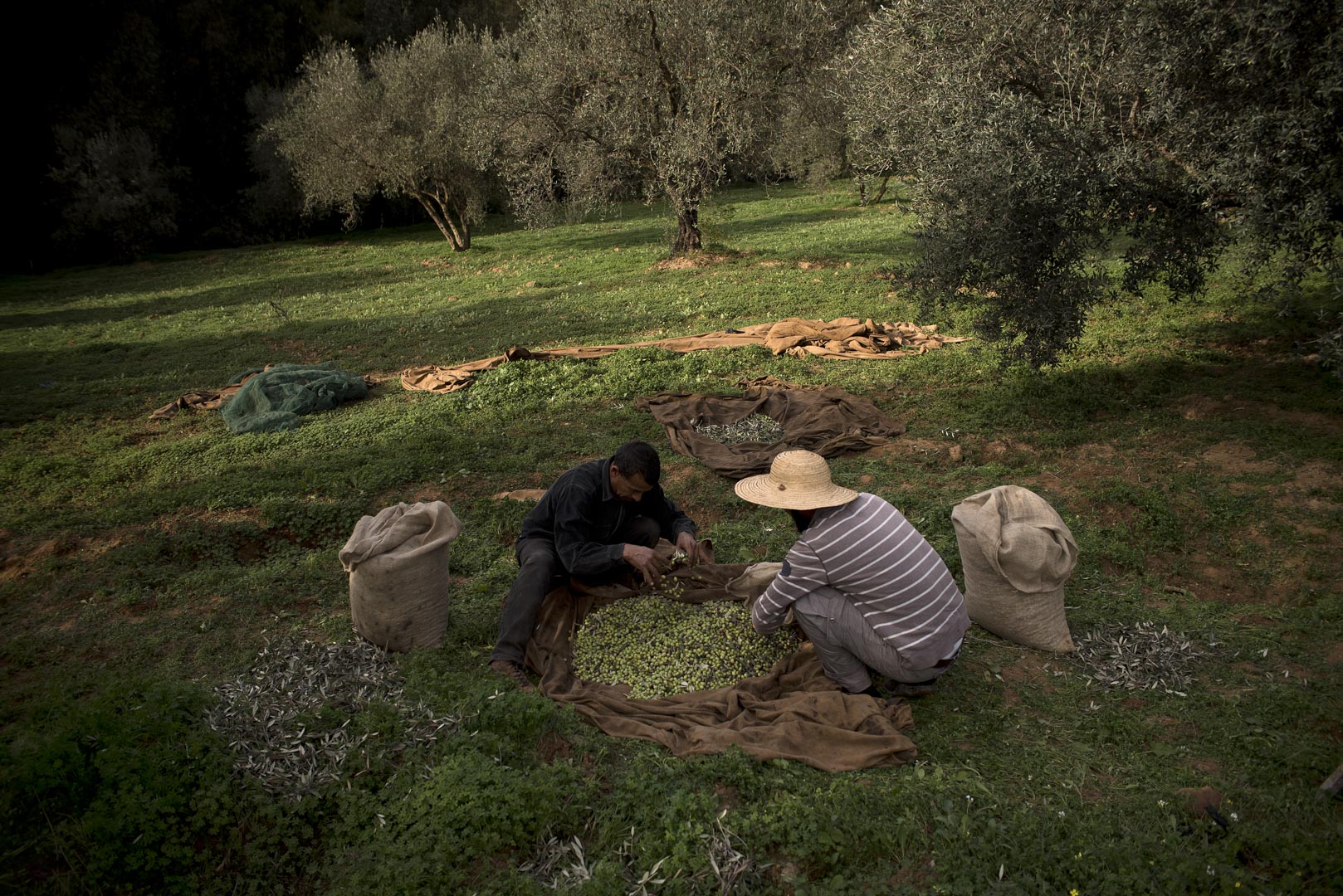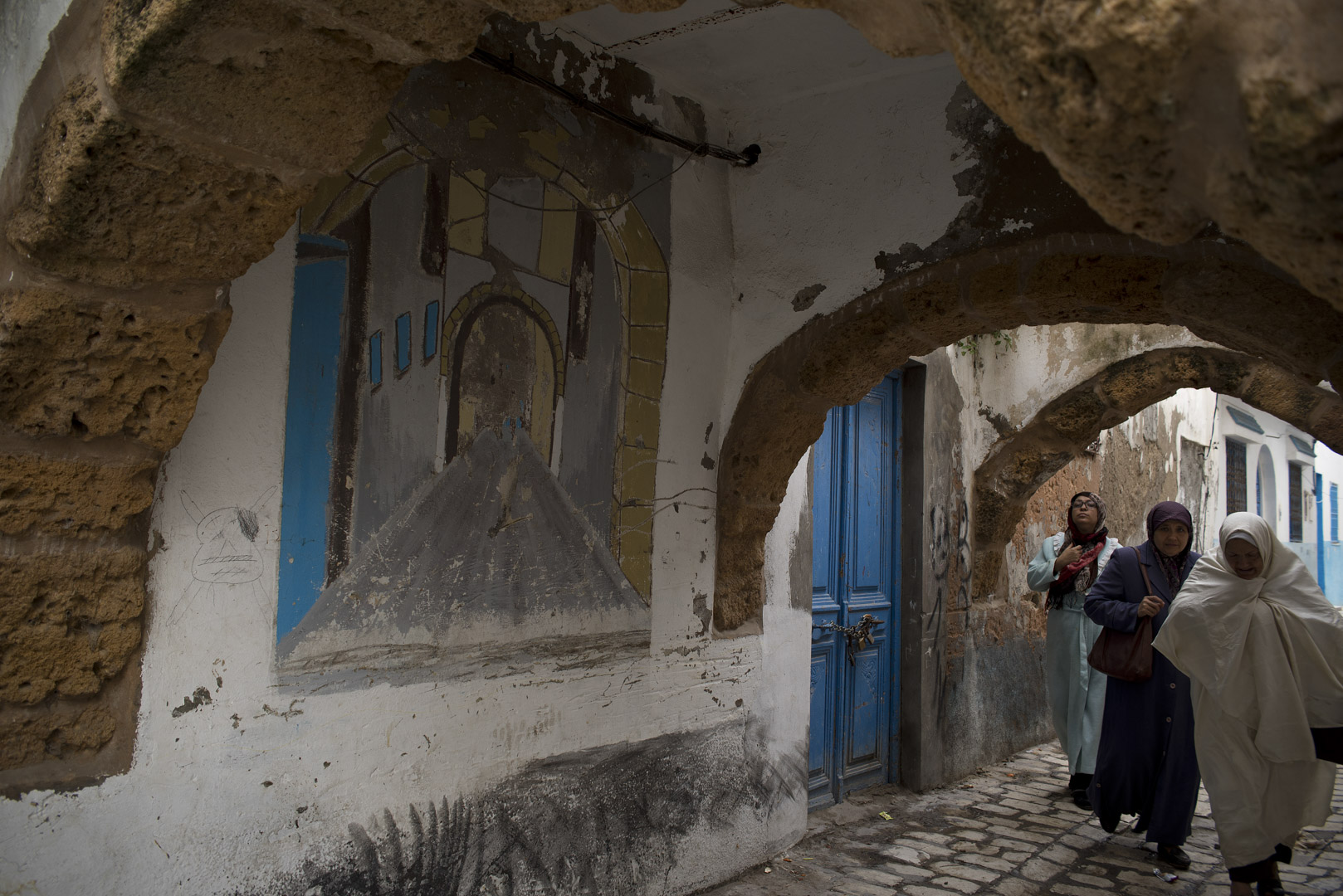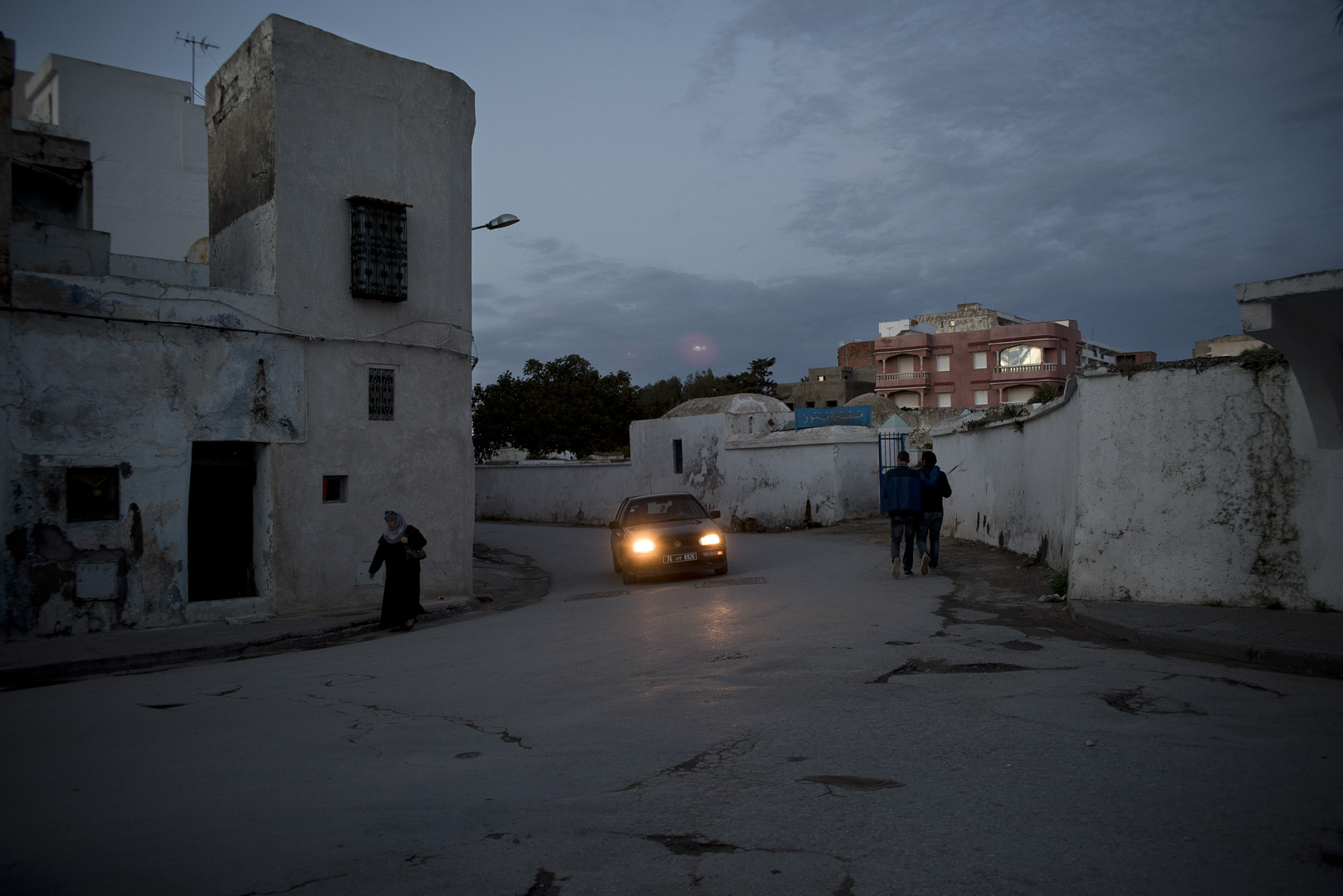The Moorish mark in Tunisia, 2018
In Tunisia on the tracks of the rich and fertile legacy of the Moors expelled from the Iberian peninsula in the 17th century.
In the 17th century, the “Moors” were Spaniards of Arab origin who had retained their customs and were still practicing Islam after the reconquest of Andalusia by the Spanish Crown. Forced to convert to Christianity in the 16th century, they were permanently expelled from the Iberian Peninsula between 1609 and 1614 and had to give up their land. The largest group, some 75,000 Moors, took refuge in Ottoman Tunisia, where they were welcomed for their agricultural and craft skills. The arrival of these refugees thus gave a strong impulse to the crafts prosperity of the country, and to the intellectual influence of Tunis throughout the Maghreb.
Many traces of Moorish culture can still be found in Tunisia today, whether they really result from the heritage brought by this community or are more similar to an interbreeding, to a culture shared by both sides of the Mediterranean.
José Manuel Navia’s series tells this Moorish heritage, from the medina of Tunis and the Bab Souila district, to Testur and the fertile valley of the Medjerda river. It shows us its permanency, which can be seen both in the architecture of the old town, its azulejos and its gates with characteristic cruciform designs, and in the agriculture of the region, perfected by the contributions of these exiles. This culture is particularly lively today in the hearts of Tunisians, who claim this Moorish past, whether it is real or dreamed, and who willingly call themselves Andalusians.






